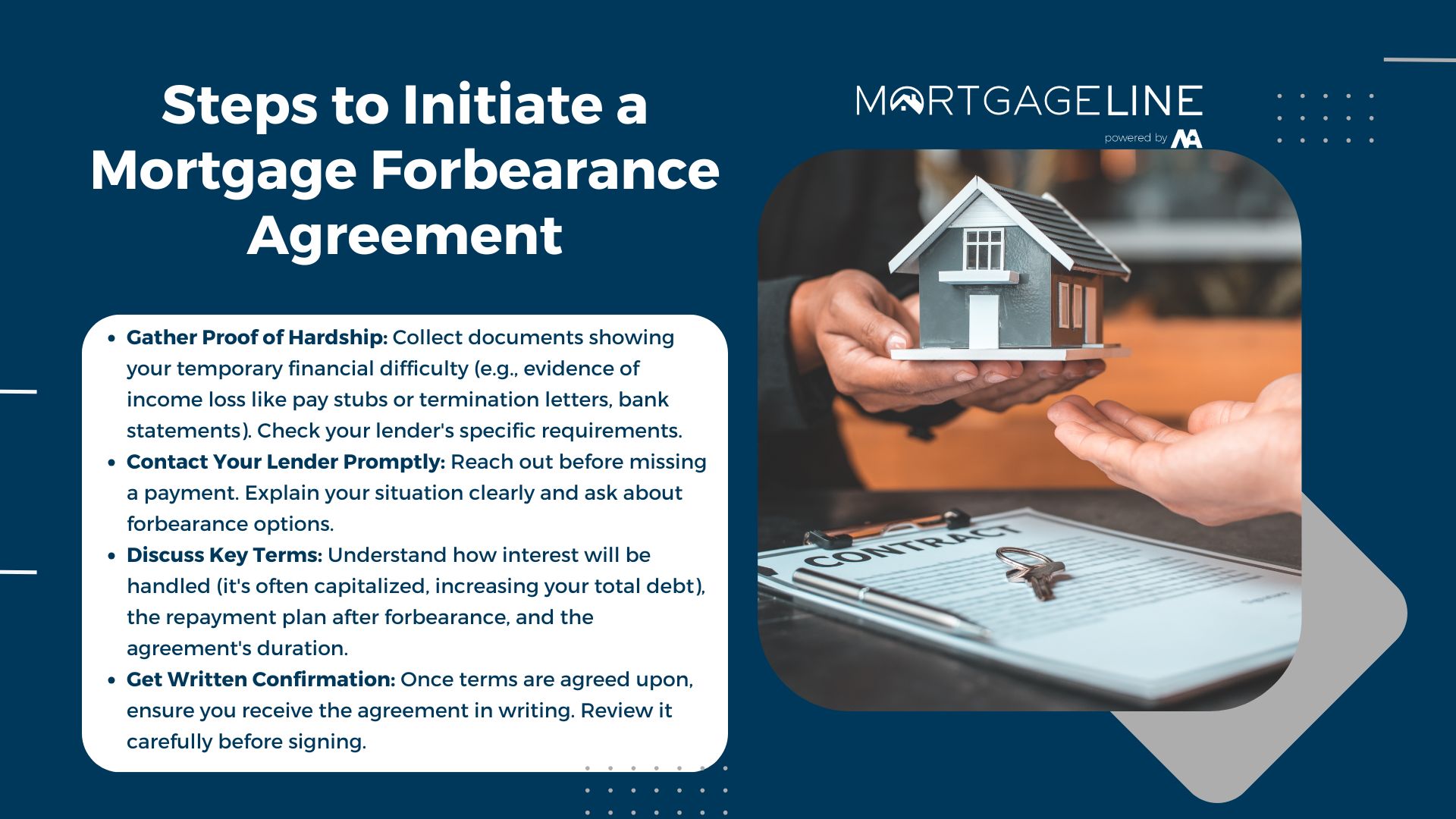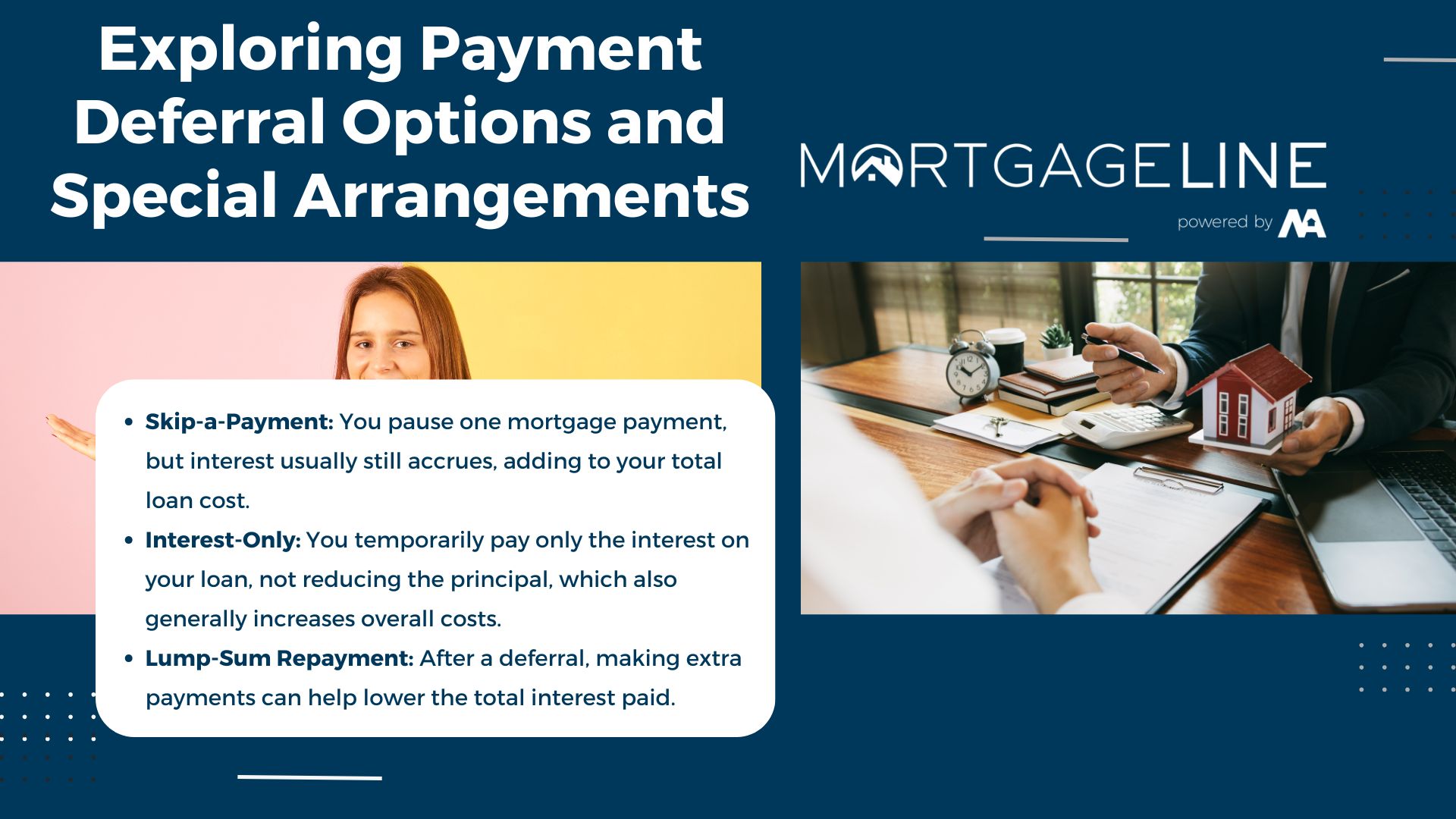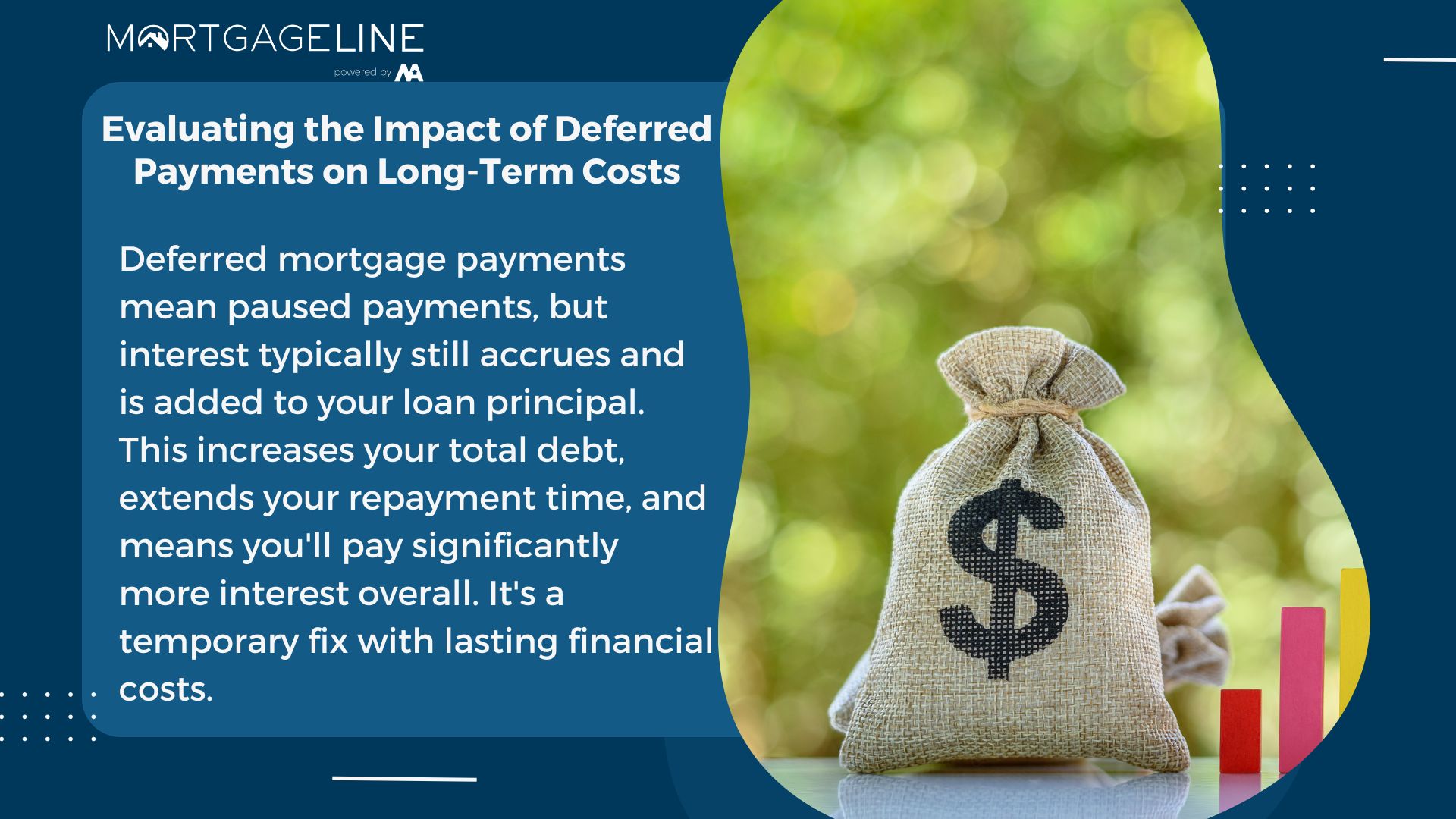
Unexpected financial challenges can make homeownership feel overwhelming. For those in Alberta seeking temporary relief, understanding available solutions is crucial. This guide explores structured approaches to manage housing costs during difficult times.
The Second Mortgage Store specializes in helping homeowners navigate payment adjustments. With over a decade of local experience, their team offers personalized strategies aligned with Canadian lending regulations. They simplify complex processes through clear explanations and step-by-step support.
Temporary payment plans allow borrowers to pause or reduce installments for a defined period. These arrangements typically involve deferred interest that accrues during the relief window. Homeowners should consider how extended timelines affect their long-term financial picture.
This article breaks down key aspects of payment flexibility programs:
- Types of deferral agreements available
- Regulatory requirements for qualification
- Strategies to manage accumulated interest
Readers will learn practical steps to initiate discussions with lenders and prepare necessary documentation. The guidance emphasizes maintaining open communication while protecting equity growth.
Key Takeaways
- Forbearance provides short-term payment relief with specific terms
- Deferred interest increases total loan costs over time
- Multiple deferral structures exist based on financial circumstances
- Professional advisors help navigate lender requirements
- Local Alberta regulations influence available options
Calgary residents can contact The Second Mortgage Store at +1 403-827-6630 for confidential consultations. Their office at 1509 Centre St SW provides in-person support for complex financial situations.
Introduction to Mortgage Forbearance
When sudden income changes disrupt household budgets, structured payment adjustments become essential. These solutions help homeowners maintain stability while navigating temporary setbacks.
Why Temporary Adjustments Matter
Payment flexibility programs let borrowers pause or reduce installments for 3-12 months. The Financial Consumer Agency of Canada notes these agreements provide breathing room but extend repayment timelines. Common triggers include:
- Medical emergencies requiring extended leave
- Industry-wide layoffs affecting primary income
- Unplanned childcare or eldercare costs
Mechanics of Payment Deferrals
Three terms often confuse borrowers: mortgage payment deferrals, deferring mortgage payments, and defer mortgage payments. While similar, they describe different approaches:
- Full deferrals pause all principal + interest payments
- Partial plans reduce monthly amounts
- Term extensions spread costs over additional years
Interest continues accumulating during deferral periods, increasing total loan costs. The Second Mortgage Store’s advisors help clients compare short-term relief against long-term financial impacts.
“Deferral agreements are emergency tools, not permanent fixes,” states a Financial Consumer Agency guide. “Homeowners should resume regular payments as soon as feasible.”
Calgary mortgage forbearance: Definitions and Benefits

When financial pressures mount, how do homeowners find temporary relief? Structured payment solutions offer breathing room while keeping long-term goals intact. This section clarifies common terms and local advantages.
What Is Mortgage Forbearance?
A deferral agreement allows pausing payments for 3-12 months under lender-approved terms. Unlike traditional payment plans, these arrangements often capitalize unpaid interest. This means deferred amounts get added to the principal, increasing total costs over time.
Key factors differentiate deferrals from other relief options:
- Interest rates continue applying to paused payments
- Property taxes and insurance remain due during the deferral period
- Agreements require proof of temporary hardship
Key Benefits for Local Homeowners
Structured deferrals help Albertans avoid credit damage while managing cash flow. For example, a family facing medical leave could pause installments without risking foreclosure. Additional advantages include:
- Reduced stress through predictable timelines
- Flexible repayment options post-deferral
- Customized plans matching provincial regulations
Experts at The Second Mortgage Store simplify complex terms through personalized consultations. Their advisors explain how deferred interest impacts amortization and suggest strategies to minimize long-term costs.
Steps to Initiate a Mortgage Forbearance Agreement

Navigating financial relief starts with a clear action plan. Initiating a deferral agreement requires organized preparation and proactive communication. Here’s how to build a strong foundation for negotiations.
Gathering Financial Documentation
Lenders need proof of hardship to approve payment adjustments. Collect these items first:
- Recent pay stubs or employment termination letters
- Bank statements showing income changes
- Expense reports highlighting increased costs
Organize documents chronologically to show financial shifts. Digital copies speed up submissions. Missing paperwork often delays approvals, so double-check requirements with your lender.
Contacting Your Lender and Setting Up a Plan
Start the conversation early—before missing monthly payments. Explain your situation calmly and request specific relief options. Most institutions have dedicated teams for these discussions.
Key points to address:
- How reduced payments affect your loan balance
- Timelines for resuming regular payments
- Interest accrual during the deferral period
“Successful agreements hinge on transparency,” notes a Canadian banking advisor. “Borrowers who provide complete details often secure better terms.”
Set clear expectations about when the deferral period ends. Ask for written confirmation of any changes to your payment schedule. Review terms carefully before signing to avoid surprises later.
Exploring Payment Deferral Options and Special Arrangements

Managing housing costs during financial strain requires careful consideration of available relief methods. This section examines standard and alternative solutions to reduce immediate pressure while maintaining financial stability.
Understanding Flexible Payment Strategies
Skip-a-payment plans let homeowners pause one installment, pushing it to the loan’s end. Interest continues accruing during this break. Interest-only arrangements reduce monthly costs temporarily by covering just the interest portion. Both options provide short-term breathing room but increase total costs over time.
Lump-sum repayment becomes crucial after deferral periods end. Borrowers who recover financially faster can make extra payments to offset accumulated interest. This strategy minimizes long-term impacts but requires disciplined budgeting.
Balancing Immediate Relief and Future Costs
Consider this comparison of common arrangements:
| Option | Short-Term Impact | Long-Term Impact |
|---|---|---|
| Skip-a-Payment | Immediate cash flow relief | Higher total interest costs |
| Interest-Only | Reduced monthly payments | Slower equity growth |
| Lump-Sum Repayment | No current benefit | Reduces overall interest costs |
Interest rates directly influence deferred amounts. A 4% rate on a $300,000 loan adds $1,000 monthly interest during deferrals. These costs compound if not addressed quickly.
Financial advisors often recommend:
- Using skip-a-payment for single unexpected expenses
- Choosing interest-only plans for income gaps under six months
- Prioritizing lump-sum payments when possible
Every choice involves trade-offs between current needs and future obligations. Professional guidance helps create tailored solutions that align with personal recovery timelines.
Evaluating the Impact of Deferred Payments on Long-Term Costs

How do payment pauses reshape your financial future? While deferrals offer immediate relief, they create ripple effects across your loan’s lifespan. Let’s break down how these choices influence total borrowing costs.
Extended deferral periods add interest to your principal balance. For example, a $250,000 loan at 5% interest accrues $1,042 monthly during paused payments. Over six months, this adds $6,252 to your total repayment amount. These costs compound if not addressed quickly.
| Deferral Length | Added Interest | Amortization Extension |
|---|---|---|
| 3 months | $3,126 | +4 months |
| 6 months | $6,252 | +8 months |
| 12 months | $12,500 | +16 months |
Longer amortization periods reduce monthly payments but increase total interest paid. A 25-year loan stretched to 27 years could lower installments by $120 monthly but add $8,400 in overall costs. Rates play a critical role—higher percentages accelerate debt growth.
“Deferrals are financial Band-Aids, not cures,” says Edmonton-based financial planner Lisa Tremblay. “Always model how added time affects your bottom line.”
Consider these steps before choosing a plan:
- Compare deferred interest totals across multiple scenarios
- Calculate how term extensions affect equity growth
- Review rate change clauses in loan agreements
Homeowners should weigh short-term needs against decade-long consequences. Tools like amortization calculators help visualize how deferred amounts alter repayment timelines. Smart planning today prevents budget surprises tomorrow.
Navigating Interest Rates and Amortization Extensions
Adjusting payment timelines can reshape your financial roadmap in unexpected ways. Even brief pauses in installments alter how lenders calculate interest and principal balances. Let’s explore how these changes affect long-term commitments.
How Deferred Payments Affect Your Amortization Schedule
Deferring payments stretches your repayment timeline, adding months or years to the original plan. A $400,000 loan at 5% interest accrues $1,667 monthly during paused payments. Over six months, this adds $10,000 to your principal—extending the amortization period by 10 months.
| Deferral Length | Principal Increase | Schedule Extension |
|---|---|---|
| 3 Months | $5,000 | +5 Months |
| 6 Months | $10,000 | +10 Months |
| 12 Months | $20,000 | +20 Months |
Extended timelines reduce monthly payments but increase total interest costs. For example, adding two years to a 25-year term could lower installments by $150 monthly but raise overall costs by $14,000.
Managing Increased Interest Costs Over Time
Accrued interest compounds quickly during deferral periods. Skipping three payments on a $350,000 loan at 4.5% adds $5,250 to your balance. If financial strain continues, this may increase the risk of default by creating unsustainable debt growth.
“Consistent deferrals create snowball effects,” warns a Second Mortgage Store advisor. “Homeowners should prioritize lump-sum payments post-deferral to minimize interest costs.”
Key strategies to manage rising expenses:
- Review loan terms for rate change clauses
- Calculate total interest costs before agreeing to extensions
- Consult financial professionals to model multiple scenarios
Structured planning helps balance immediate needs with future obligations. Tools like amortization calculators reveal how small adjustments today impact decade-long financial commitments.
Utilizing Alternative Financial Tools: HELOC and Refinancing
Exploring financial solutions beyond temporary pauses can create sustainable pathways for homeowners. Two strategic options often complement short-term relief plans: home equity lines of credit (HELOCs) and refinancing. These tools help bridge cash flow gaps while potentially lowering overall borrowing costs.
Leveraging Home Equity Lines of Credit for Relief
A home equity line operates like a revolving credit account, letting homeowners borrow against their property’s value. Unlike traditional loans, you only pay interest on the amount used. This flexibility makes it ideal for covering unexpected expenses during financial strain.
Key advantages include:
- Lower interest rates compared to credit cards (averaging 6-8% vs 20%+)
- Immediate access to funds without altering primary loan terms
- Interest-only payment options during draw periods
However, using an equity line credit requires caution. Tapping home equity reduces your property’s net value and increases debt exposure if home prices fluctuate.
Considering Refinancing Options to Reduce Payments
Refinancing replaces existing loans with new agreements featuring updated terms. Homeowners often secure lower rates or extend repayment timelines, reducing monthly payments by 10-25%. For example, refinancing a $400,000 loan from 5.5% to 4.5% could save $240 monthly.
| Strategy | Short-Term Impact | Long-Term Benefit |
|---|---|---|
| HELOC Draw | Immediate cash access | Lower interest costs than credit cards |
| Rate-and-Term Refinance | Reduced monthly payments | Potential interest savings over loan life |
“These tools work best when integrated into a broader financial plan,” advises credit specialist Mark Tisdale. “Always model how changes affect your total equity position.”
Both options help maintain regular payments after relief periods end. However, refinancing typically involves closing costs (1-3% of loan value), while HELOCs may have annual fees. Consult financial professionals to compare these costs against potential savings.
Renegotiating Your Mortgage Terms and Budget Adjustments
Financial shifts often require homeowners to reassess their payment strategies. Renegotiating loan terms with lenders can create alignment between current capabilities and long-term obligations. This process begins with reviewing your existing agreement and identifying feasible adjustments.
Start by contacting your lender to discuss modified payment structures. Many institutions may allow temporary reductions of 15-30% in monthly installments. These changes typically extend your loan term but provide immediate cash flow relief. Prepare updated income statements and expense reports to support your request.
| Adjustment Type | Immediate Impact | Long-Term Effect |
|---|---|---|
| Term Extension | Lower monthly payments | Higher total interest |
| Rate Reduction | Reduced interest accrual | Lower overall costs |
| Payment Deferral | Temporary pause | Increased principal |
Strategies to defer mortgage payments while protecting financial health include:
- Scheduling lump-sum payments after income stabilization
- Redirecting savings to cover essential housing costs
- Using windfalls to offset deferred interest
Adapting household budgets often involves prioritizing essential expenses. Track spending patterns for three months to identify adjustment opportunities. Small changes like reducing discretionary purchases by $200 monthly could cover 40% of a modified mortgage payment.
“A clear renegotiation plan protects both parties,” advises financial consultant Rachel Nguyen. “Document every change to prevent misunderstandings.”
Common successful modifications include switching to biweekly payments or capping variable interest rates. These tweaks help maintain credit stability while managing cash flow gaps. Always consult licensed advisors to review proposed terms before finalizing agreements.
Understanding Regulatory Guidelines and Lender Expectations
Navigating payment relief requires understanding the rules that protect both homeowners and lenders. Federally regulated institutions in Canada must follow strict guidelines set by agencies like the Financial Consumer Agency of Canada (FCAC). These rules ensure fair treatment during financial hardships while maintaining lender accountability.
The FCAC defines “facing financial hardship” as situations where borrowers can’t meet obligations due to:
- Job loss or reduced income lasting 90+ days
- Unexpected medical expenses exceeding 15% of household income
- Natural disasters affecting primary income sources
Lenders must discuss options transparently and provide written agreements outlining deferral terms. Borrowers remain responsible for property taxes and insurance during relief periods—failure to pay these can lead to liens or penalties.
“Regulatory oversight ensures lenders can’t impose unilateral changes,” states an FCAC compliance officer. “Both parties must agree to modified terms in writing.”
| Borrower Responsibilities | Lender Requirements |
|---|---|
| Submit hardship documentation | Disclose all fee changes |
| Maintain property charges | Report credit status accurately |
| Adhere to revised timelines | Offer post-deferral repayment plans |
Deferral agreements typically don’t harm credit scores if terms are followed. However, lenders must report paused payments as “special arrangements” rather than defaults. Stay informed about regulatory updates through the agency Canada website to protect your rights during negotiations.
Expert Financial Insights and Local Support in Calgary
Local financial experts provide the key to unlocking personalized solutions during housing cost challenges. Their guidance transforms complex scenarios into actionable plans that protect both immediate needs and long-term goals.
Advice from Seasoned Advisors
The Second Mortgage Store’s team helps homeowners explore relief options while maintaining credit health. One client reduced monthly mortgage payments by 22% through a blended payment plan, avoiding deferred interest accumulation. Common strategies include:
- Restructuring amortization schedules to align with income changes
- Identifying provincial programs that may allow temporary rate reductions
- Coordinating with lenders to resume regular payments smoothly
“Every situation requires fresh analysis,” explains a senior advisor. “We’ve helped families save $18,000+ in interest by adjusting repayment timelines early.”
Accessing Tailored Support
Residents can schedule consultations at +1 403-827-6630 or visit the Calgary office at 1509 Centre St SW. Bring these documents to streamline discussions:
- Recent loan statements
- Proof of income changes
- Current expense breakdown
Local expertise ensures solutions comply with Alberta’s regulations while addressing unique financial pressures. Same-week appointments often resolve urgent payment concerns before deadlines.
Financial Strategies for Post-Forbearance Recovery
Rebuilding financial stability after payment relief requires strategic planning. Borrowers emerging from deferral periods need actionable methods to manage accumulated interest and restore cash flow. These three approaches help balance immediate needs with long-term goals.
Refinancing can reduce monthly payments by securing lower interest rates. A 1% rate drop on a $400,000 loan saves $240 monthly—funds that could offset deferred amounts. However, closing costs (1-3% of loan value) require careful evaluation against potential savings.
| Strategy | Benefit | Consideration |
|---|---|---|
| Amortization Reset | Lowers payments | Extends repayment timeline |
| Debt Consolidation | Simplifies management | Requires strong credit |
| Biweekly Payments | Reduces interest costs | Needs budget flexibility |
Adjusting budgets post-deferral helps prevent future strain. Track spending for 30 days to identify non-essential expenses. Redirecting $300 monthly toward deferred interest could eliminate $3,600 in extra costs annually.
“Proactive borrowers who adjust repayment terms within 60 days of deferral completion see 40% faster equity recovery,” notes financial advisor Claire Bennett.
Monitor credit reports quarterly to ensure accurate reporting of payment arrangements. Many lenders offer free credit score tracking through online portals. Consistent communication helps renegotiate terms if challenges resurface.
Conclusion
Financial hurdles demand solutions that balance immediate needs with future stability. Temporary payment adjustments offer breathing room but require careful planning to manage accrued interest and extended timelines. Structured agreements help preserve credit health while navigating short-term challenges.
Key steps include documenting income changes, negotiating revised terms, and understanding how deferred amounts impact amortization schedules. While paused payments ease cash flow, they increase total borrowing costs over time. This makes expert guidance critical for aligning relief strategies with long-term goals.
The Second Mortgage Store provides tailored support to navigate these complex decisions. Their advisors clarify how interest accrual and repayment extensions affect equity growth, helping homeowners avoid costly surprises. Post-deferral planning becomes essential to rebuild financial momentum through adjusted budgets or refinancing options.
Review regulatory guidelines and consult professionals to explore solutions matching your unique situation. Informed choices today create pathways to lasting stability. For personalized strategies, contact their team at +1 403-827-6630 or visit their Alberta office.




